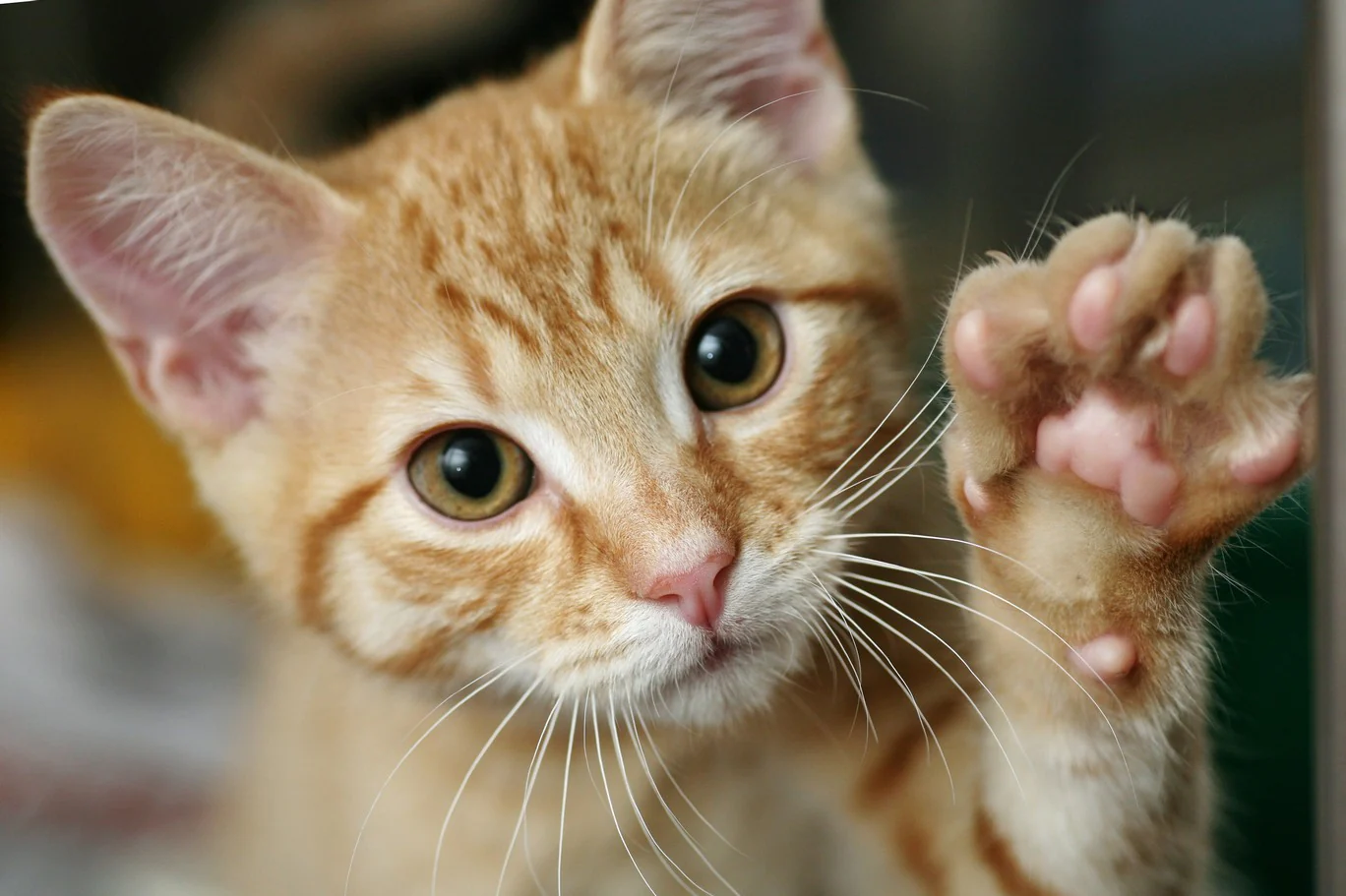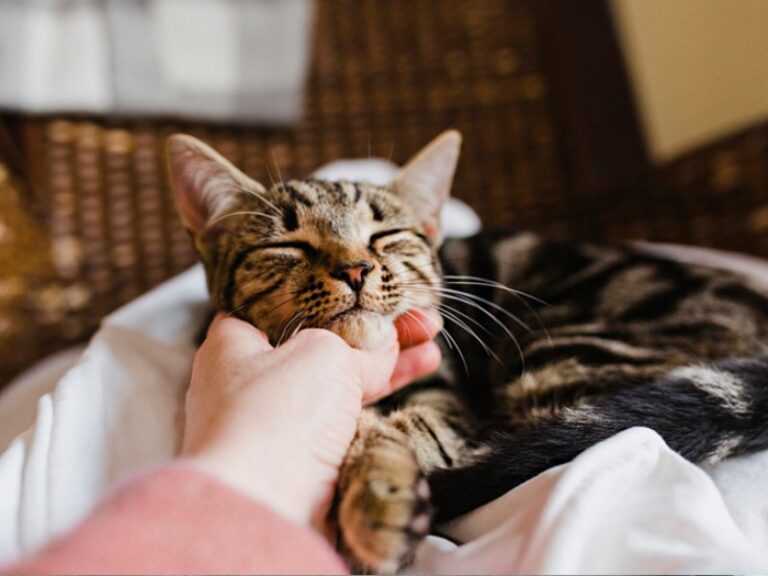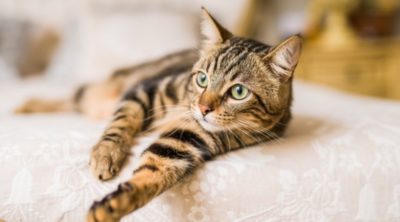Cat Sweat Secrets: Paws, Whiskers, and Hydration
Cats, the enigmatic companions that grace our homes with their elegance, often leave us in wonder about their unique physiological traits. A common curiosity among cat owners revolves around the question: Do cats sweat? Unveiling the secrets behind feline perspiration involves exploring the subtle mechanisms that cats employ to stay cool, with a focus on their paws, whiskers, and the crucial role hydration plays in their overall well-being.
The Mystery of Feline Perspiration
Contrary to popular belief, cats do sweat, but their sweating mechanism differs from that of humans. The primary areas where cats sweat are the pads of their paws and, to a lesser extent, their nose. While the amount of sweat is minimal compared to humans, it serves as an essential cooling method, especially in conjunction with other strategies.
Paws: The Cooling Pads
A cat’s paws play a pivotal role in their cooling mechanism. When a cat is overheated, the moisture released through the sweat glands on their paw pads evaporates, contributing to a cooling effect. Observant cat owners might notice damp paw prints on hot days, a testament to this natural cooling process.
Whiskers: The Temperature Sensors
Whiskers, those delicate, sensitive facial hairs, serve various purposes beyond adornment. They are instrumental in helping cats navigate their surroundings and, surprisingly, in regulating body temperature. When a cat is hot, its whiskers might droop to enhance air circulation, facilitating heat dissipation.
The Hydration Connection
While sweating aids in cooling, maintaining adequate hydration is paramount for a cat’s well-being. Cats are notorious for being finicky drinkers, often preferring running water. Encouraging hydration through wet cat food, water fountains, or incorporating moisture-rich treats into their diet helps support their overall health and assists in the cooling process.
Signs of Dehydration and Overheating
Understanding the subtle signs of dehydration and overheating in cats empowers owners to take proactive measures. Lethargy, panting, and seeking cool surfaces are indicators that a cat may be struggling with the heat. Providing a cool and shaded environment, along with ensuring access to fresh water, becomes crucial in preventing potential health issues.
Tips for Keeping Cats Cool and Hydrated
As responsible cat owners, creating a cat-friendly environment that supports their natural cooling mechanisms is vital. Place water bowls strategically, offer a variety of hydrating treats, and provide shaded areas for respite. During warmer months, consider frozen catnip treats or cooling mats to enhance their comfort.
Conclusion: Nurturing Feline Well-Being
In conclusion, “Cat Sweat Secrets: Paws, Whiskers, and Hydration” unravels the mysteries surrounding how cats stay cool in the face of rising temperatures. By appreciating the significance of their paw pads and whiskers in conjunction with proper hydration, cat owners can foster an environment that supports their feline companions’ well-being. So, the next time you ponder the secrets of your cat’s cooling methods, remember the intricate dance of paws, whiskers, and hydration that keeps them comfortable and content.



Жидкое стекло как новое.
Надежная защита от агрессивных внешних факторов.
Полировка кузова автомобиля жидким стеклом http://www.nanesenie-zhidkogo-stekla-na-avto.ru .